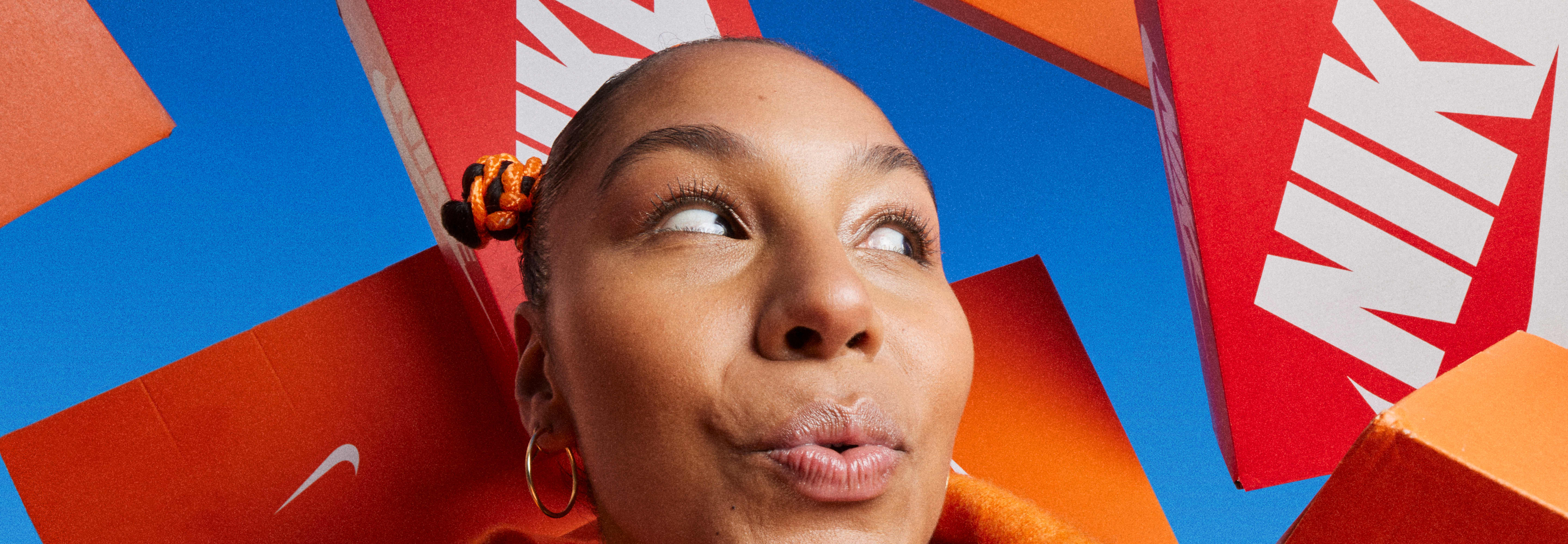This is a modal window.
Nike Unite Mānawa Bay
Now Open
Our community just got bigger! Nike has arrived at Mānawa Bay and is joining our mission to connect kids and families with sport.
The new store located in Mānawa Bay Shopping Centre is a true reflection of our community, where our everyday athletes are the heroes. They’re making it easy for our families to stay active with all of our favourite gear. Come check out your new home court!
Nike Unite Mānawa Bay
Now Open
Our community just got bigger! Nike has arrived at Mānawa Bay and is joining our mission to connect kids and families with sport.
The new store located in Mānawa Bay Shopping Centre is a true reflection of our community, where our everyday athletes are the heroes. They’re making it easy for our families to stay active with all of our favourite gear. Come check out your new home court!
HOW TO SHOP NIKE IN NEW ZEALAND
Shop your favourite products at a Nike store near you. As a Nike Member you’ll have first and exclusive access to product, and unlock Member only offers and rewards in our Nike and Nike Value Stores.
Can’t get to one of our stores, or didn’t find what you were after? Across New Zealand we have a number of trusted stockists with both in-store and online shopping.
HOW TO SHOP NIKE IN NEW ZEALAND
Shop your favourite products at a Nike store near you. As a Nike Member you’ll have first and exclusive access to product, and unlock Member only offers and rewards in our Nike and Nike Value Stores.
Can’t get to one of our stores, or didn’t find what you were after? Across New Zealand we have a number of trusted stockists with both in-store and online shopping.
The Nike Community is here with resources to help you stay active and healthy.
Move with us in the Nike Run Club and Nike Training Club apps.
Nike Run Club
Let’s Run Together
The Nike Run Club App has everything you need to start running, keep running, and enjoy running more. Never laced up? We got you. Need a coach to keep pace or a friend to keep you company? We’re there. Want us to track your stats so you can track the scenery? No problem. Even if you don’t feel like running today, NRC has wellness tips to help you get ready for tomorrow. Start whenever and wherever you want — we’ll be right there with you.
Training For Every Body and Mind
The Nike Training Club app will make your fitness habits stick with quicker options, goal-setting tools, and new content daily. Strengthen your mindset and your muscles with free guidance from your favorite trainers, athletes, and wellness experts.
Nike Run Club
Let’s Run Together
The Nike Run Club App has everything you need to start running, keep running, and enjoy running more. Never laced up? We got you. Need a coach to keep pace or a friend to keep you company? We’re there. Want us to track your stats so you can track the scenery? No problem. Even if you don’t feel like running today, NRC has wellness tips to help you get ready for tomorrow. Start whenever and wherever you want — we’ll be right there with you.
Nike Training Club
Training For Every Body
and Mind
The Nike Training Club app will make your fitness habits stick with quicker options, goal-setting tools, and new content daily. Strengthen your mindset and your muscles with free guidance from your favorite trainers, athletes, and wellness experts.
Coaching and Wellness
Inspiration and information to support your physical and mental wellbeing.




